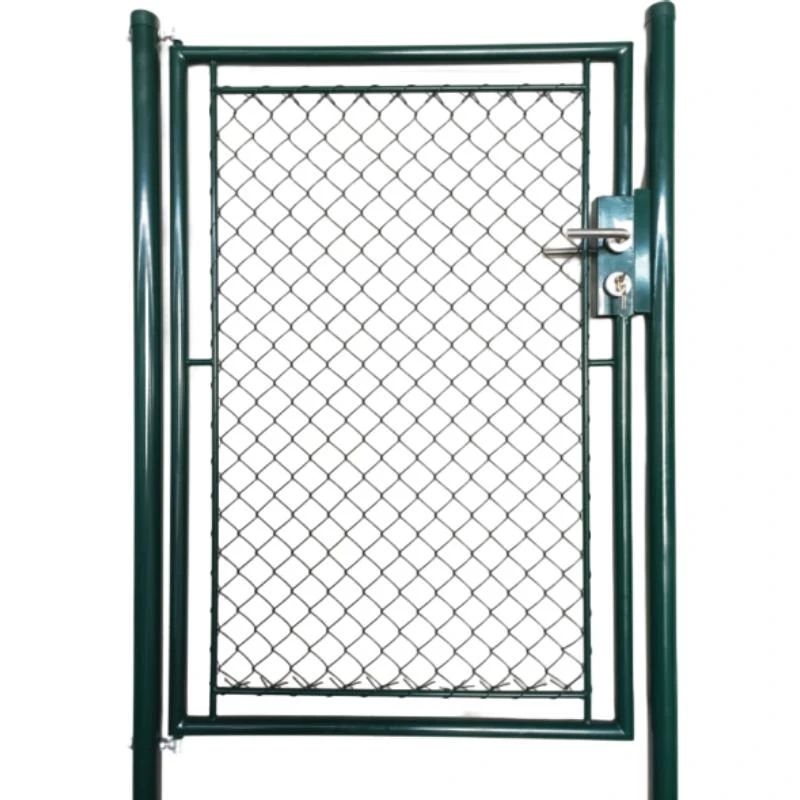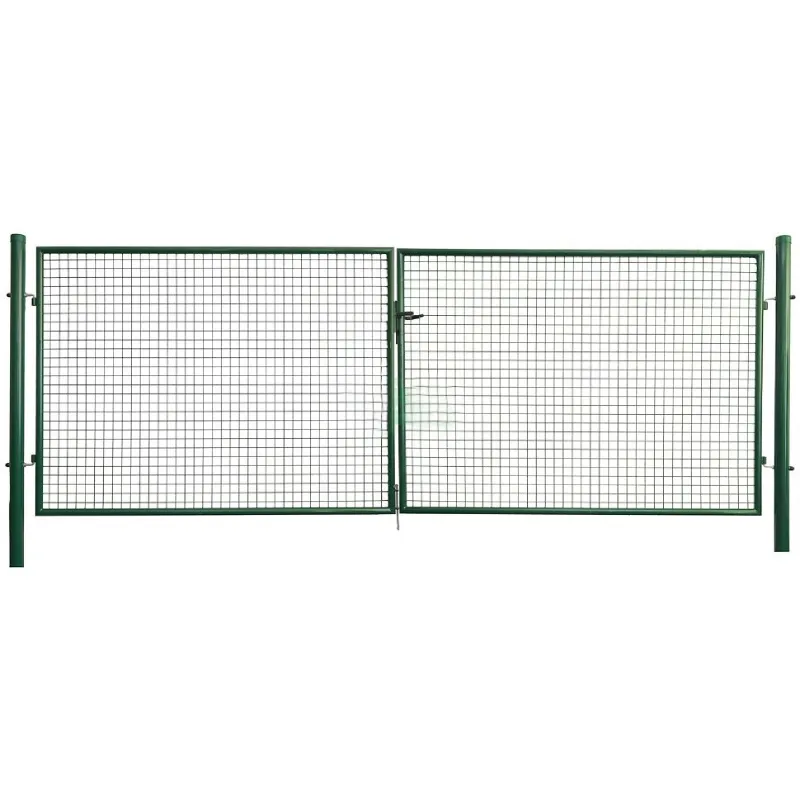-
Imeri:zhao@hyliec.cn
-
Tel:+86 311 85273988
-
WhatsAPP:8613931128750
-
 Umunyafurika
Umunyafurika -
 Ikinyalubaniya
Ikinyalubaniya -
 Amharic
Amharic -
 Icyarabu
Icyarabu -
 Ikinyarumeniya
Ikinyarumeniya -
 Azaribayijan
Azaribayijan -
 Basque
Basque -
 Biyelorusiya
Biyelorusiya -
 Ikibengali
Ikibengali -
 Bosiniya
Bosiniya -
 Buligariya
Buligariya -
 Igikatalani
Igikatalani -
 Cebuano
Cebuano -
 Corsican
Corsican -
 Igikorowasiya
Igikorowasiya -
 Ceki
Ceki -
 Danemark
Danemark -
 Ikidage
Ikidage -
 Icyongereza
Icyongereza -
 Esperanto
Esperanto -
 Esitoniya
Esitoniya -
 Igifinilande
Igifinilande -
 Igifaransa
Igifaransa -
 Igifaransa
Igifaransa -
 Abagalatiya
Abagalatiya -
 Jeworujiya
Jeworujiya -
 Ikidage
Ikidage -
 Ikigereki
Ikigereki -
 Gujarati
Gujarati -
 Igikerewole
Igikerewole -
 hausa
hausa -
 hawaiian
hawaiian -
 Igiheburayo
Igiheburayo -
 Oya
Oya -
 Miao
Miao -
 Hongiriya
Hongiriya -
 Isilande
Isilande -
 igbo
igbo -
 Indoneziya
Indoneziya -
 irish
irish -
 Umutaliyani
Umutaliyani -
 Ikiyapani
Ikiyapani -
 Javanese
Javanese -
 Kannada
Kannada -
 kazakh
kazakh -
 Khmer
Khmer -
 Rwanda
Rwanda -
 Igikoreya
Igikoreya -
 Kurdish
Kurdish -
 Kirigizisitani
Kirigizisitani -
 Igituntu
Igituntu -
 Ikilatini
Ikilatini -
 Ikilatini
Ikilatini -
 Lituwaniya
Lituwaniya -
 Luxembourgish
Luxembourgish -
 Abanyamakedoniya
Abanyamakedoniya -
 Malgashi
Malgashi -
 Malayika
Malayika -
 Malayalam
Malayalam -
 Maltese
Maltese -
 Maori
Maori -
 Marathi
Marathi -
 Mongoliya
Mongoliya -
 Miyanimari
Miyanimari -
 Nepali
Nepali -
 Noruveje
Noruveje -
 Noruveje
Noruveje -
 Occitan
Occitan -
 Pashto
Pashto -
 Persian
Persian -
 Igipolonye
Igipolonye -
 Igiporutugali
Igiporutugali -
 Punjabi
Punjabi -
 Ikinyarumaniya
Ikinyarumaniya -
 Ikirusiya
Ikirusiya -
 Samoan
Samoan -
 Abanya-Gaelic
Abanya-Gaelic -
 Igiseribiya
Igiseribiya -
 Icyongereza
Icyongereza -
 Shona
Shona -
 Sindhi
Sindhi -
 Sinhala
Sinhala -
 Igisilovaki
Igisilovaki -
 Igisiloveniya
Igisiloveniya -
 Somaliya
Somaliya -
 Icyesipanyoli
Icyesipanyoli -
 Sundanese
Sundanese -
 Igiswahiri
Igiswahiri -
 Igisuwede
Igisuwede -
 Tagalog
Tagalog -
 Tajik
Tajik -
 Tamil
Tamil -
 Tatar
Tatar -
 Telugu
Telugu -
 Tayilande
Tayilande -
 Turukiya
Turukiya -
 Abanyaturukiya
Abanyaturukiya -
 Ukraine
Ukraine -
 Urdu
Urdu -
 Uighur
Uighur -
 Uzbek
Uzbek -
 Abanya Vietnam
Abanya Vietnam -
 Welsh
Welsh -
 Ubufasha
Ubufasha -
 Yiddish
Yiddish -
 Yoruba
Yoruba -
 Zulu
Zulu
Amarembo yubusitani
Cheap Garden Gates For Sale
You can find cheap garden gates for sale at various home improvement stores, online retailers, and local hardware shops. Consider looking for sales, clearance items, or second-hand options to find affordable garden gates that meet your needs. Additionally, exploring different types and sizes can help you find cost-effective solutions for your garden gate. Be sure to compare prices, quality, and reviews to make an informed decision.
Garden Gate Construction
1. Planning: Determine the location and dimensions of the gate, considering the width of the pathway or opening. Decide on the type of gate, such as a single or double gate, and the materials to be used.
2. Materials: Select the appropriate types and sizes for the gate, such as round tube gates or square tube gates, single wing gates or double wings gates, ensure to meet requirements of maximum.
3. Frame assembly: Construct the frame of the gate using the chosen types and sizes . This may involve cutting and assembling the frame pieces, ensuring that they are square and level.
4. Adding infill: Depending on the design, add infill materials such as pickets, panels, or mesh to the gate frame. Secure the infill materials to the frame using appropriate fasteners.
5. Hardware installation: Install hinges, latches, and any additional hardware required for the gate to function properly. Ensure that the hardware is durable and suitable for outdoor use.
6. Finishing touches: Sand the gate to smooth any rough edges and apply a protective finish or paint to enhance its durability and appearance.
7. Installation: Once the gate is constructed, install it in the desired location, ensuring that it swings freely and latches securely.
It's important to follow any local building codes or regulations when constructing a garden gate, especially if it will be used as a boundary or security feature. If you're unsure about the construction process, consider consulting with a professional or seeking guidance from experienced individuals.





